This post is part of Stand-In Central’s deep-dive series into the coronavirus pandemic as it relates to stand-in work in TV and film. For more posts in the long-running series, visit https://standincentral.com/coronavirus.
— The Editor
Since the beginning, Stand-In Central has maintained a basic gear page to help stand-ins in TV and film know what to bring with them to work.
Obviously, the pandemic brings new considerations on what to bring when you’re standing in, especially given all of the various health and safety guidelines at play when TV and film work resumes.
Here are some new gear considerations for the next time you stand in if it is during the pandemic.
Vaccination
As of this post, there is no vaccine for SARS-CoV-2, which is the technical name of the coronavirus that can cause the disease COVID-19.
However, should a vaccine come out, you may want to get vaccinated. Vaccination may reduce your need to bring some of the gear below.
However, even if you get vaccinated, guidelines may still be in place to mitigate the spread of the virus, so some of this gear may still be important to you even if you get vaccinated.
At that, it may be important to keep your vaccination status private when you are standing in. In the event that working during the pandemic is considered “dangerous” work, you are entitled to additional compensation when you work as a stand-in under the TV/Theatrical Agreement. If production believes you have been vaccinated, then their belief that the conditions under which you work are dangerous may change to thinking you are safe, which may encourage them to forego paying you additional compensation for work of a dangerous character.
Facial Covering (Face Masks)
In general, when going to work to stand in, you will want to bring a face mask to wear.
If you are commuting via public transportation, you will probably want or need to wear a face mask during this commute.
Even if you are commuting via personal transportation and don’t wear a mask then, you will probably want to bring a face mask to wear for when you arrive at work.
This should help you enter the workplace more quickly, and have your face covered sooner when at the workplace.
Face Masks and Industry Guidelines
According to the entertainment industry document titled Proposed Health and Safety Guidelines for Motion Picture, Television, and Streaming Productions During the COVID-19 Pandemic, otherwise known as the “White Paper”:
Stand-ins should wear face coverings even if the performer they are standing in for may not.
This seems to dictate that stand-ins will get to wear masks at all times when they are working.
It also seems to dictate that stand-ins will not need to remove their masks when they are being lit or during second-team rehearsals.
The White Paper also says:
[Face coverings] will be provided by employers to all cast and crew at no cost and meet applicable regulatory guidelines (CDC, Public Health, NIOSH, OSHA) as appropriate.
This language seems to dictate that productions will give you a face covering to wear that will meet applicable regulatory guidelines.
It is unclear from the White Paper what regulatory guidelines are “appropriate,” especially for stand-in work. But the implication is that the face covering that production provides you will meet some kind of regulatory guideline.
It may be that bringing your own face mask will meet those guidelines. Then again, regulatory guidelines may recommend a more protective mask than, say, a t-shirt mask.
However, if the regulatory guidelines are more lax than you appreciate, you might find comfort in bringing your own face covering that might exceed regulatory guidelines insofar as there are no PPE shortages in your community that might suggest against doing so.
Different Kinds of Face Masks for Stand-Ins
While a generic surgical mask or a generic cloth/t-shirt mask may meet the needs for a production’s stand-ins, other kinds of face masks may be especially helpful for stand-ins and productions.
For stand-ins who have to use a teleprompter at work, it may help directors to see the stand-in’s mouth moving for better cueing. Therefore, a mask that covers the mouth with a clear film may be helpful for a stand-in who works with a teleprompter.
The ClearMask may be a suitable fit for stand-ins whose mouths need to be seen. The ClearMask is a recently developed transparent face mask that aids communicating while aiming to protect its wearer. It provides the ability to see the wearer’s mouth and facial expressions, which may make a stand-in wearing one more effective on the job than a stand-in wearing an opaque mask.
The ClearMask is a single-use mask available in two different fittings. It is intended to be used indoors in a low humidity environment, making it something great to consider in television studios. It is available in boxes, cases, and bulk. While a stand-in may see value in purchasing a box (currently $67 for 24 masks), the larger quantities are likely too costly for a stand-in. In such a case of regular use by stand-ins, productions should consider purchasing a box or case of The ClearMask. Stand-ins might want to recommend the product to a production.
Another alternative is a traditional face mask but with a transparent window in the center. These types of masks conceal more of the face than the ClearMask, but they do show the wearer’s mouth.
Some of the samples we’ve seen have loud or potentially moiré-ing patterns on them, which may make them offensive for work as a stand-in. But if productions permit stand-ins to wear more expressive face masks, these might be a more affordable option than the ClearMask.
Babecloth is one website that sells face masks with transparent windows over the mouth. It appears that these types of masks may generally be multi-use, though you may want to consider cleaning them between uses.
Lighting Stand-Ins Who Are Wearing Face Masks
Of course, any kind of face mask — whether it is a generic mask that covers the mouth and nose, or one that reveals the mouth and nose through a transparent window — may cause problems for a DP trying to light a shot.
For one, a mask in most cases is not your skin tone, which may be an important characteristic for a DP to see when lighting you in a mask. If you are able to purchase a mask that is in your exact skin tone, that might help a DP to light you, but it’s hard to say given that the reflective properties of your skin are different than the reflective properties of your mask.
A transparent mask may get around skin tone conflicts, but the transparent window may reflect light shined into it, blocking out the skin tone underneath or causing distracting reflections. Obviously, an opaque face mask blocks all skin tone underneath, making it impossible to light while the stand-in wears a face mask.
In general, if a DP asks you to remove your face mask in order to light your face, do not do so. Per the White Paper, “Stand-ins should wear face coverings.” That said, if you feel pressured to do so by a DP, first consult with an assistant director about the guidelines in the White Paper and about the safety hazards inherent in removing your face mask.
Also at that time, discuss additional compensation for work of a dangerous character (outlined in this prior article on Stand-In Central) should you follow the instruction to remove your mask. Do not remove your mask without an AD knowing that you are doing it and locking in the dollar amount of additional compensation with the AD for removing your mask. Otherwise, when you check out and try to affirm additional compensation for removing your mask, you may have an uphill climb.
But in general, don’t remove your mask when you are standing in during the pandemic.
When Removing Your Mask
Of course, you can’t eat or drink when wearing a mask, so you might want to consider where you’ll put your mask when you aren’t wearing it.
You might consider a small individual bag just for your mask, especially if it is a special mask for you rather than one provided by production and disposable.
If your mask is single-use, you’ll have to consider whether you dispose of your mask before or after eating and how soon you’ll be able to get a new mask. Logistically, it’s unclear how readily available a replacement mask will be if you take it off at lunch — or if it breaks or you lose it, at that.
The Politics of Mask Wearing
In general, it is not appropriate to talk about politics on the job.
Despite what some people may say about what wearing a face mask means politically, facial covering is fundamentally a public health issue.
While you might politically reject wearing facial covering, that belief is separate from the public health implications of wearing a mask.
In short, you should wear facial covering when you are standing in no matter whether you politically agree or disagree with wearing it.
Eye Protection
Wearing eye protection may be recommended when you return to stand-in work.
The White Paper is silent on eye protection for stand-ins.
If your actor is not wearing glasses in the scene, it is unclear whether production might ask you to go without eye protection. Wearing eye protection may interfere more with lighting a shot than a mouth covering, but that arguable fact may not matter in terms of public health.
If you feel the need to wear eye protection for safety reasons, bring your own to stand-in work as it does not appear that productions will provide it. (Individual productions may.)
You may have to make your own case for wearing eye protection, or future guidelines in the industry may make it clear that it is or isn’t necessary.
Hand Sanitizer
While hand sanitizer may be a frequent sight on set during a pandemic, carrying your own personal hand sanitizer will help you navigate the production and set especially where hand sanitizer is not readily available or where soap and water (a better option) is not around.
In general, when choosing a hand sanitizer, you want to select one that has at least 60% alcohol. Here is CDC information on choosing a hand sanitizer.
Your Own Food
Given that productions might try to control where you go during your lunch time, and given that catering may move from a more traditional buffet selection to single serving, it may be hard for you to examine or select meals that meet your tastes and dietary restrictions.
Furthermore, it may turn out that the craft services table contains more grab-and-go types of food items, which may mean more food with preservatives and less nutritional value.
Bringing your own food to stand-in work may be a better solution for you in the effort to satisfy your dietary restrictions and meet your nutrition needs. Bringing a large freezable bag like this one by PackIt will help keep your food cold or cool for much of the day if kept in an air-conditioned environment.
A Laser Pointer
This recommendation may be somewhat unusual, but it may be worth bringing a laser pointer to stand-in work.
Laser pointers are helpful for precise location of items. You simply point the laser in a laser pointer where you are looking, and someone else is better able to see exactly where you are looking than if you pointed and described where you are looking.
A laser pointer may help in maintaining physical distance on set. For example, before the pandemic, a camera assistant would come up to you and place marks at your feet. Obviously, this practice now violates social distance, so in the event you need to step away from where you will be marked or re-marked, you can use a laser pointer to designate to the camera assistant exactly where you were standing.
A laser pointer may also be helpful in clarifying with the camera department where they might want you to go, especially if the camera department has the wrongful impulse to “handle” you and physically move you to a different spot. (Please note: Handling is objectionable professional behavior and should not be done of stand-ins, especially amid a pandemic.)
Most laser pointers are pen-shaped or smaller, so you could carry one with you as you stand in in case you suddenly need it. Some laser pointers are battery powered, but others are rechargeable, even by USB. They may even include additional lighting features, like a UV light as well as a flashlight. This cat toy laser is especially good, as it is long-lasting, rechargeable via USB built into the device, has a flashlight and UV light, and also has a carrying strap. (The UV light is not for disinfecting.)
Be careful when using a laser pointer on set. Do not shine it in someone’s eyes.
A Pen (A New Need!)
While it has always been basic gear for a stand-in to bring a pen to work, bringing your own pen to stand-in work is more important amid the pandemic.
You generally will want to avoid sharing writing implements with others during the pandemic. It is possible that productions will provide pens for stand-ins to use for filling in vouchers, which may then be for the stand-in to keep.
Whatever the case, during the pandemic, the need for a stand-in to bring a pen to work is increased.
A USB Charger
Many stand-ins have already discovered the comfort and value of bringing their own USB battery power to set. Doing this allows them to bring their own devices and charge them while in their possession, rather than charging them out of sight or by using another crew member’s outlets or equipment.
If you are a stand-in who has relied on finding an empty outlet from which to charge a smartphone, during the pandemic that may be more challenging. The industry document A Safe Way Forward outlined different “zones” around set with more or less restricted access. Given restricted zones, it may be harder to locate or access outlets to charge your devices, so it may be better to pack your own battery power.
If you have an iPhone that is charged with a lightning connector, this portable portable charger is great. The charger has a small lightning connector built into it, so you don’t have to bring a tangle of wires to work. Resting the phone on top, the charger connects right into the iPhone, and it charges relatively quickly. (We recommend wrapping a rubber band around it, to insert the iPhone underneath. Doing this will help keep the iPhone firm against the charger while it charges.)
The charger also features an additional USB port for charging other devices (like the aforementioned laser pointer!). It also has enough capacity that you likely will not drain it in one day. An overnight recharge tends to get it back to 100%.
A Smartwatch
If you are interested in touching your smartphone fewer times when you are standing in, a smartwatch paired with your smartphone may be a smart investment.
With a smartwatch, you can view messages that come in without necessarily touching your watch. If you have a iPhone, you’re not bound to simply the expensive Apple Watch. According to Wareable, there are a number of different smartwatch alternatives on the market.
A Fanny Pack
Stand-In Central has long advocated for wearing fanny packs when standing in — even before they came back in style! Given that stand-ins are often separated from their belongings, sometimes shooting in public spaces, it becomes important to carry as much of your personal items on you as you can in a low-profile way that won’t affect a shot.
Of course, given the above additional gear recommendations, a fanny pack (sometimes called a hip pack) may take on greater importance.
We are long-time fans of Chrome’s Cardiel Shank Hip Pack. The problem with most fanny packs on the market is that they are made from cheap materials that break over time or don’t protect against water. Not the Cardiel Shank. Chrome’s fanny pack features a durable clasp, long, fully adjustable belt, and a rugged water-resistant military exterior. The pocket is roomy. This is the ideal fanny pack because it is low profile and will last forever, keeping all of its contents dry when you are standing in in the rain. At $45, it is a worthwhile investment rather than spending less for a fanny pack that will eventually break or soak its contents.
Maybe a Door Opener?
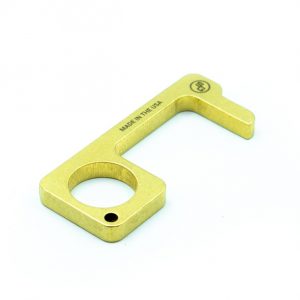
Hygiene Hand
Given the number of doors, door handles, and elevator buttons a stand-in may need to touch in a television studio or on a film set, it might be worth considering a “touch tool,” something like the “Hygiene Hand.”
These kinds of devices are usually made of copper or brass, both of which are advertised as “antimicrobial.” While the concept is certainly interesting, as the New York Times points out, touch tools may not work as well as the buyer might hope. For one, a study showed that the novel coronavirus, SARS-CoV-2, remained on copper for up to four hours, despite its purported “antimicrobial properties.” Given the persistence of the virus on copper, in theory it would remain on the touch tool as you navigate through a series of doors and even as you put it away.
In general, if you were to use a touch tool, you would also want to make sure you are sanitizing it as you use it. Given that extra work, your interest in a touch tool may diminish, because opening a door with your hands may be just as good. At that, using a touch tool may give you a false sense of safety and security, making you think you’re clean and safe when in fact you aren’t.
Did We Miss Anything?
These are the main gear recommendations we have for stand-ins upon the return to work. It may be helpful to stock up now because you may never know when you’ll get the call to stand in next.
Do you have your own gear recommendations for stand-ins working amid the coronavirus pandemic? Post your recommendations in the comments below!

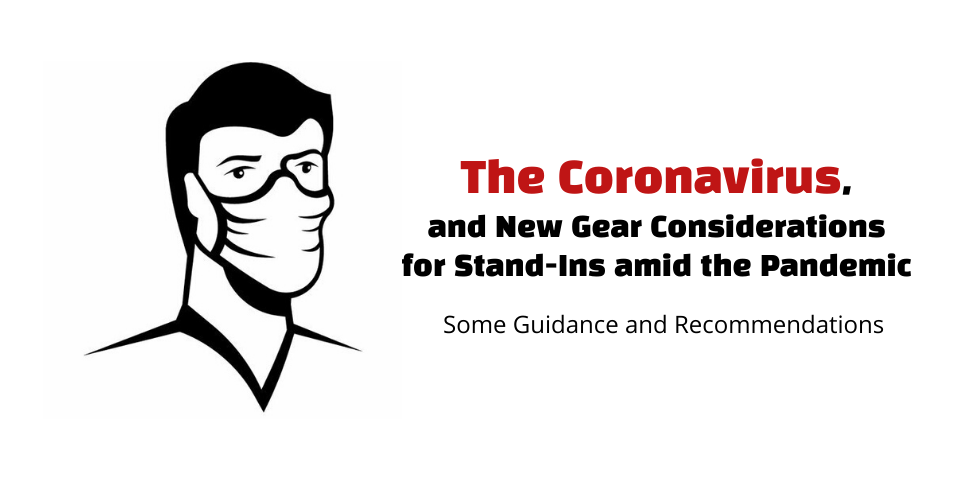
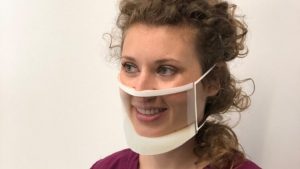
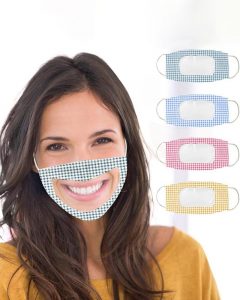
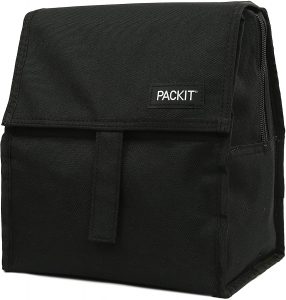
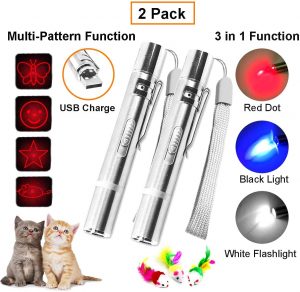
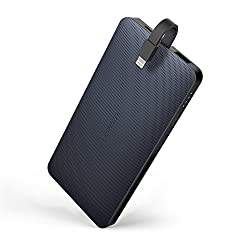




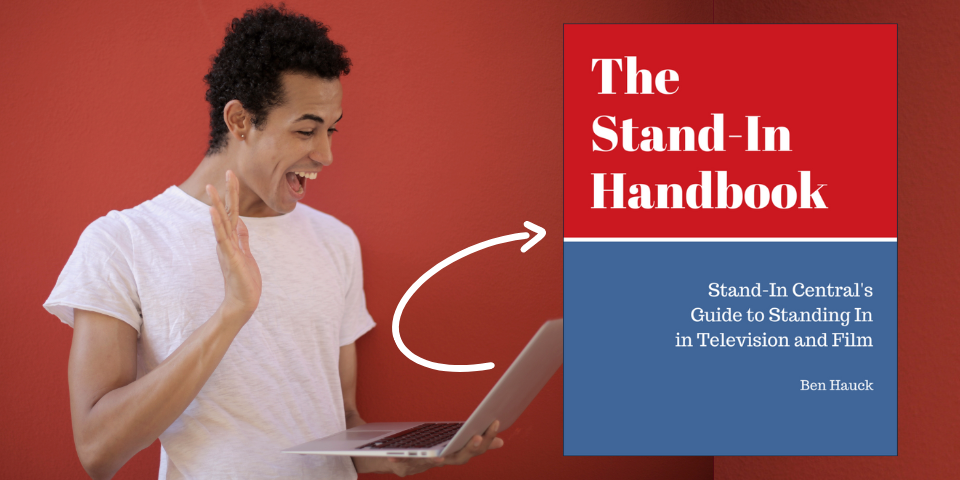
Leave A Comment